Anyone who attended either the CCHS Band Concert recently in April or back in December was surely left amazed and impressed by the beautiful performance. All of the sections of the Band came together to produce vibrant, rich, powerful music. However, many in the audience may have missed the subtle but important messages in the pieces. This article will briefly overview the four songs in the December Christmas Band Concert, as well as a general analysis of the songs from the Spring Concert. All of these pieces connect to the idea that “we can treat one another better and more fairly,” as described by Mr. Denmead, the Central Catholic Band Director.

Carols!
The opening song, “Carols!” by David Shaffer, is a medley of multiple small sections of different Christmas carols. As the audience recognizes these classic melodies, they are introduced to the idea of people from different backgrounds and experiences coming together to create something beautiful and unifying. This theme is specifically applicable to the creation of music in a band, which is composed of a plethora of different instruments and musicians. As Mr. Denmead said, “We all bring something different to the table but we can still make music together.”
A Christmas Carol
The second song, written by Randall Standridge and narrated by Brother Jim Vagan at the CCHS Concert, is the classic story of Ebenezer Scrooge, a man who experiences a revelation about morality and how to live his life. During the events of “A Christmas Carol” by Charles Dickens, Scrooge essentially learns the importance of being kind, loving, and generous to one another. It is an eternally relevant message about the inner goodness each of us possess and our ability to choose whether or not to impart this goodness on the world around us.
Dona Nobis Pacem
Literally meaning “Grant Us Peace” in Latin, Dona Nobis Pacem begins with a beautiful 8 bar solo flute part which wafted lightly over the silent auditorium. As the song continues, woodwind and string instruments begin to join the solo flutist and increase the volume of the melody. As more musicians entered the piece, you could “hear them […] trying to figure out how that theme can come through,” as Mr. Denmead mentioned in the interview. In this way, the piece is an analogy for the way in which peace starts off with one person who decides to take a stand for a cause because it’s the right thing to do. As others join this initial singer, you can feel the movement change, grow, and build. At the end of the song, the pace picks up rapidly and the percussion instruments join, representing how the fight for peace has taken off and is spreading its message of joy and kindness throughout the world.
Christmas Eve in Sarajevo
The final song, “Christmas Eve in Sarajevo” (originally composed by R. Kinkel, P. O’Neill, and J. Olivia), was inspired by a moving scene the composer had witnessed. After the devastating Civil War in Bosnia (1992-1995) which killed a total of around 100,000 people according to the USHMM, the composer went to a bombed out Olympic stadium and saw a lone cello player playing among the wreckage. This inspired the composer to write the song as a representation of the hope and perseverance that exists even in the darkest times, and “the joy that music can bring even in the bleakest of moments.”
Songs from the Spring Band Concert
In the April Spring Band Concert, each of the songs represented music from a different part of the world. The pieces included Italian, Japanese, Greek, African, and Irish songs. More than just presenting fun and different music from around the world, this “musical passport” shared with the audience a message of global unity and connectedness. It reminded us that although we have different cultures and identities, people around the world are more similar than we are different. We must work towards lasting global peace.
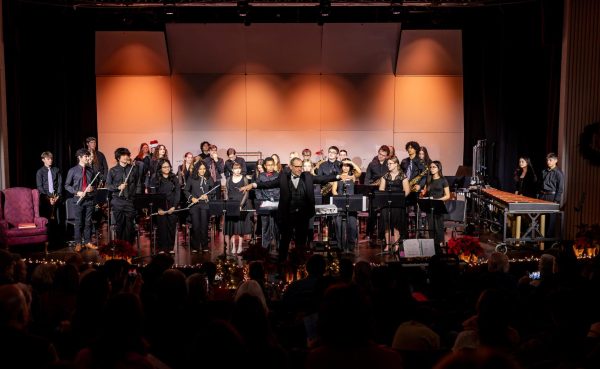
In many cases, music has an underlying theme or meaning that may not be easily audible. It is therefore important that we look deeper into a piece of music for the idea the composer is trying to communicate. As conveyed by each of the pieces above, it is essential to remember the virtues of inclusion and kindness in a world filled with division.
Outside of the concerts, the CCHS Band program was also seen this year in events such as Football Games, Pep Rallies, Open Houses, and Activity Expos.
For more opportunities to listen to beautiful, profound music, make sure to attend the CCHS Band Concerts next year (in the winter of 2025 and the spring of 2026)!

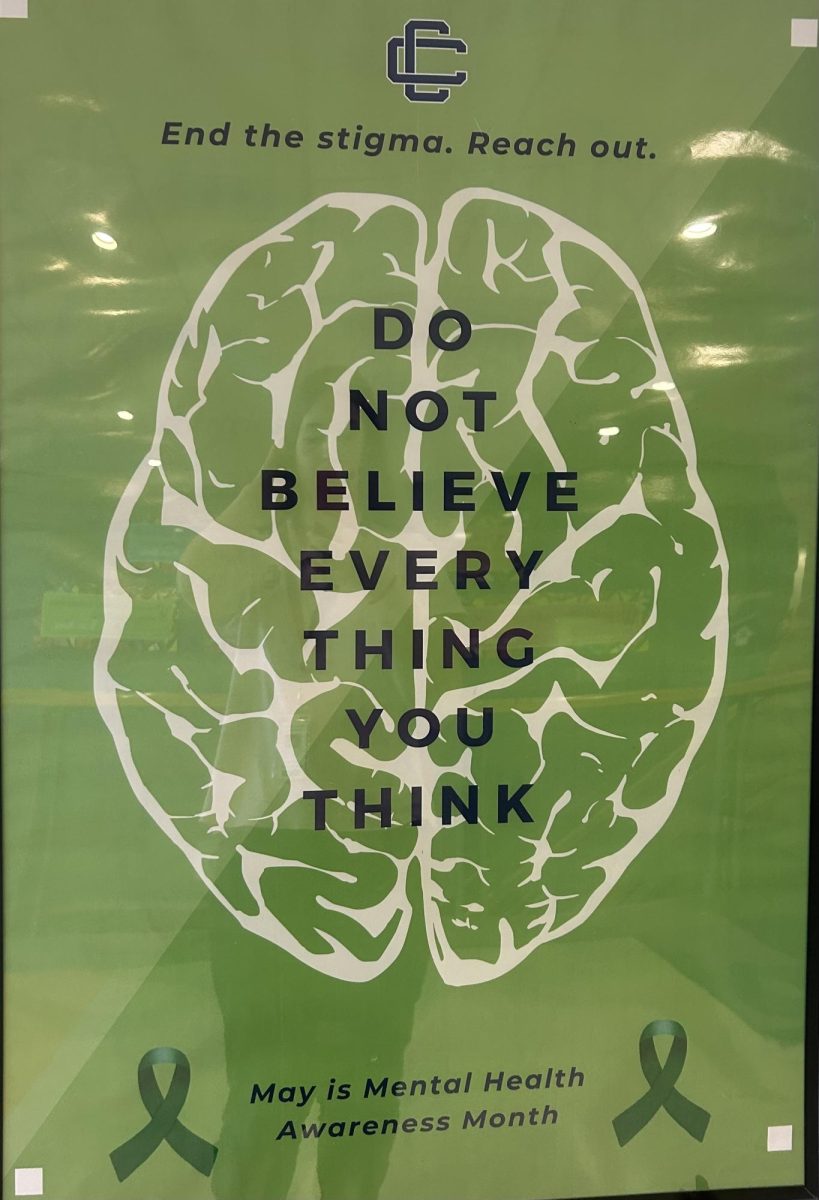

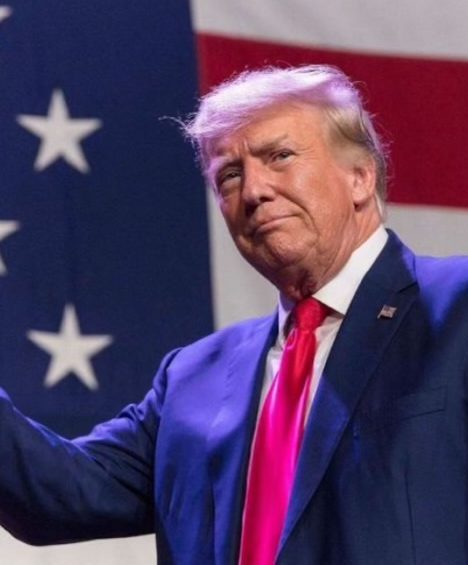



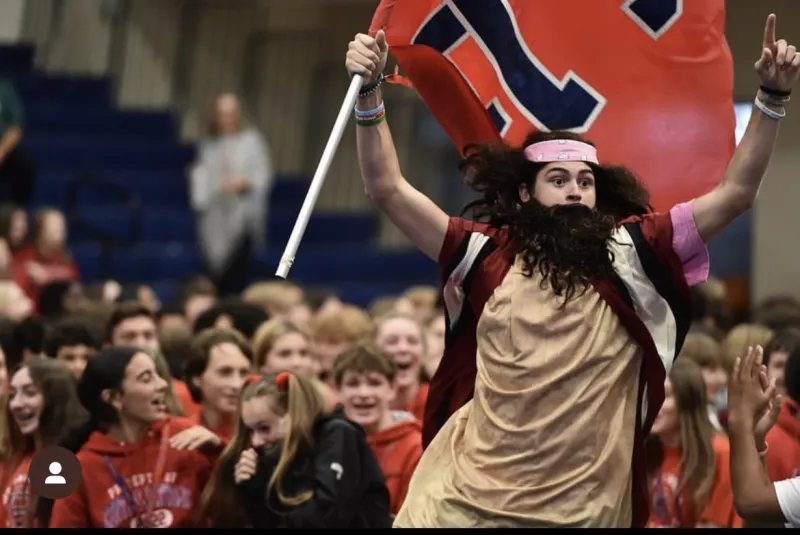
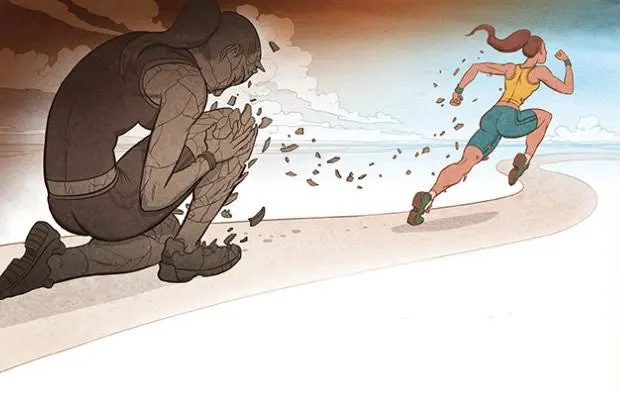
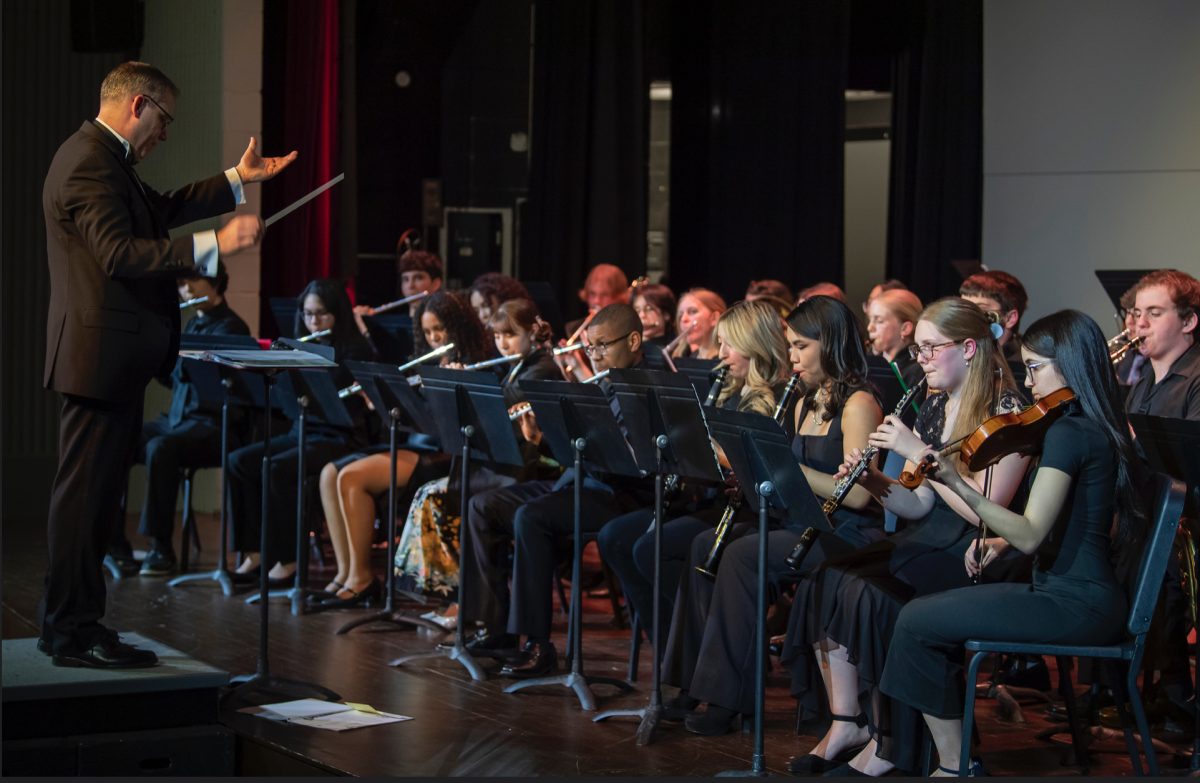
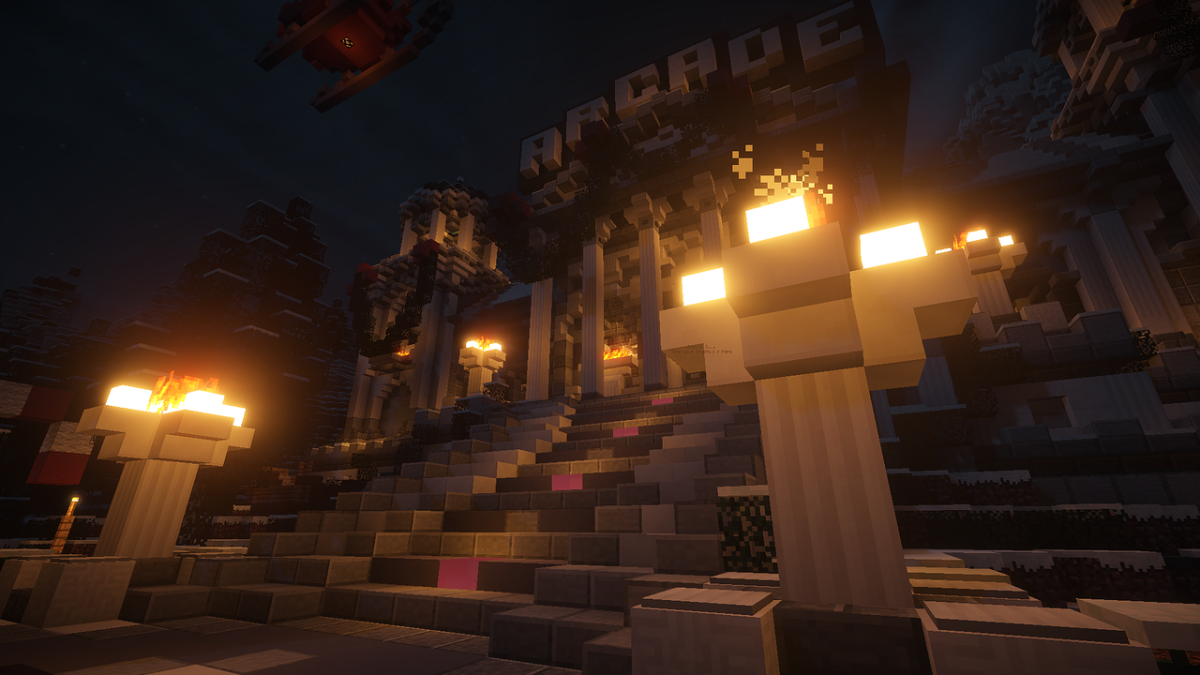
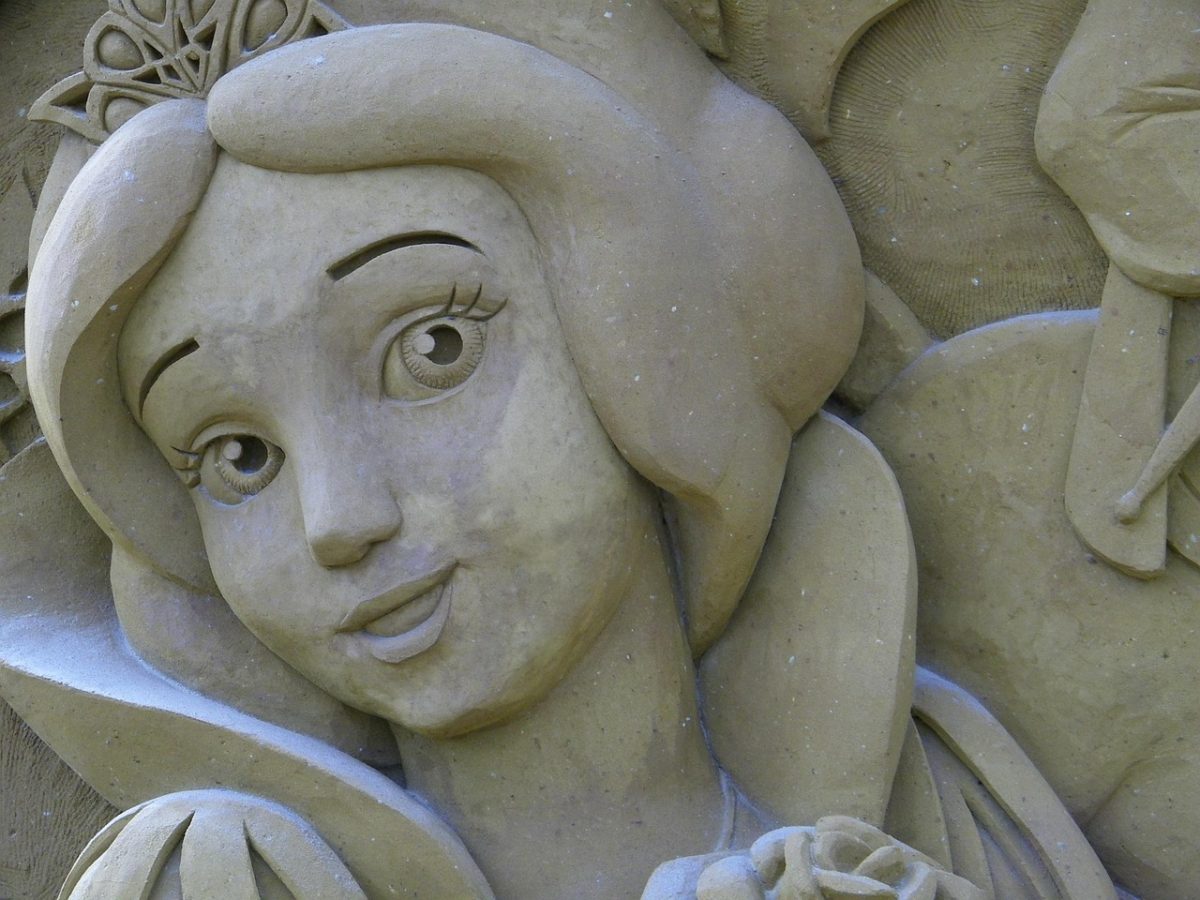






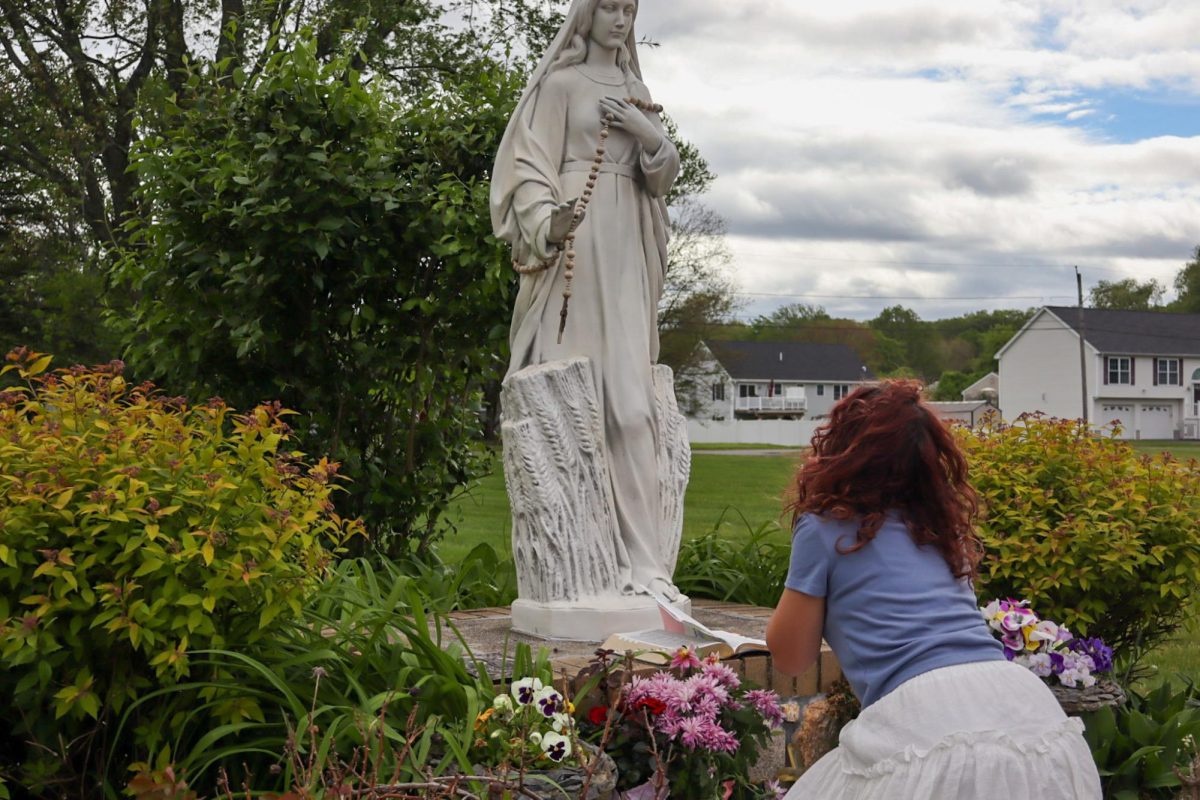



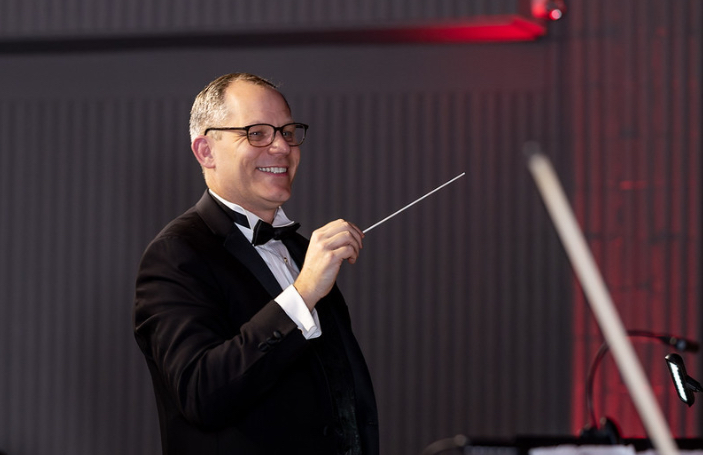

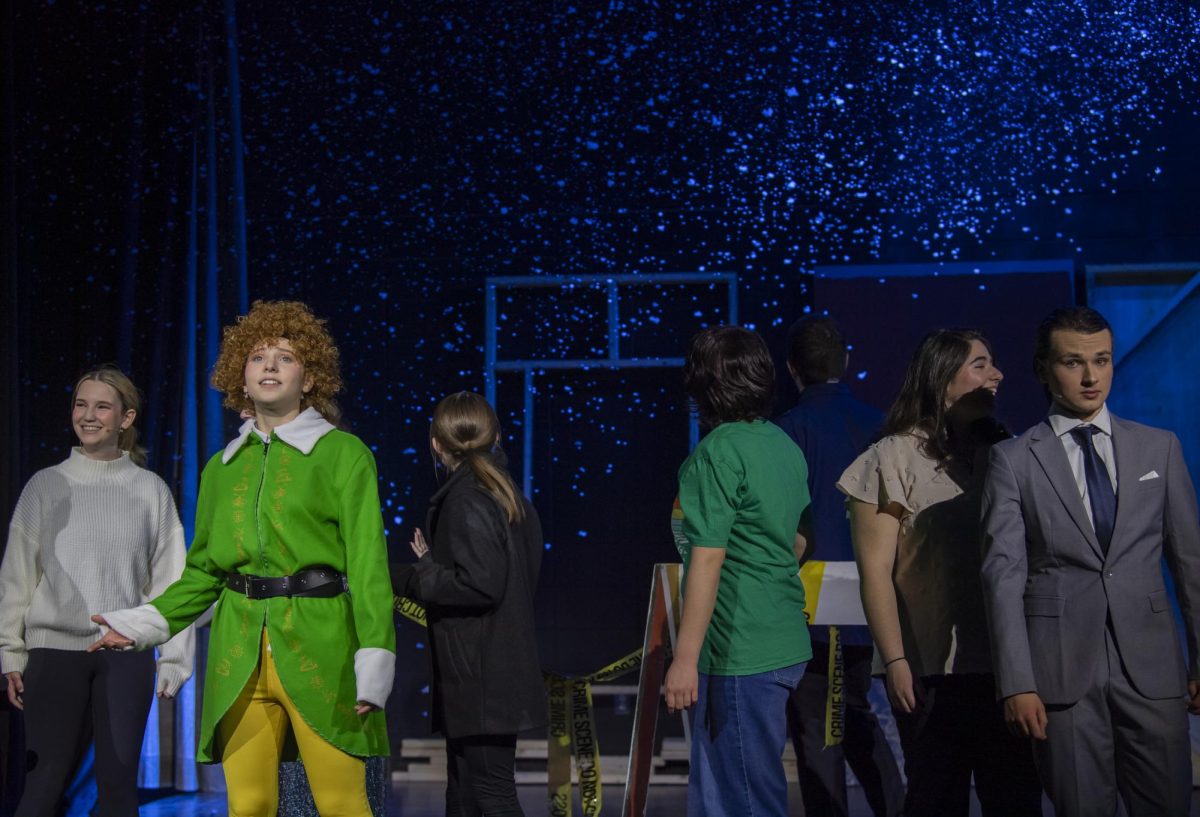

Eva Curtis • Sep 24, 2025 at 12:23 am
Christmas Eve in Sarajevo is such a nice choice (and a classicz!). I can’t wait to see what Christmas songs will be played this year, but I believe it’ll be another good lineup. Keep up the good work!